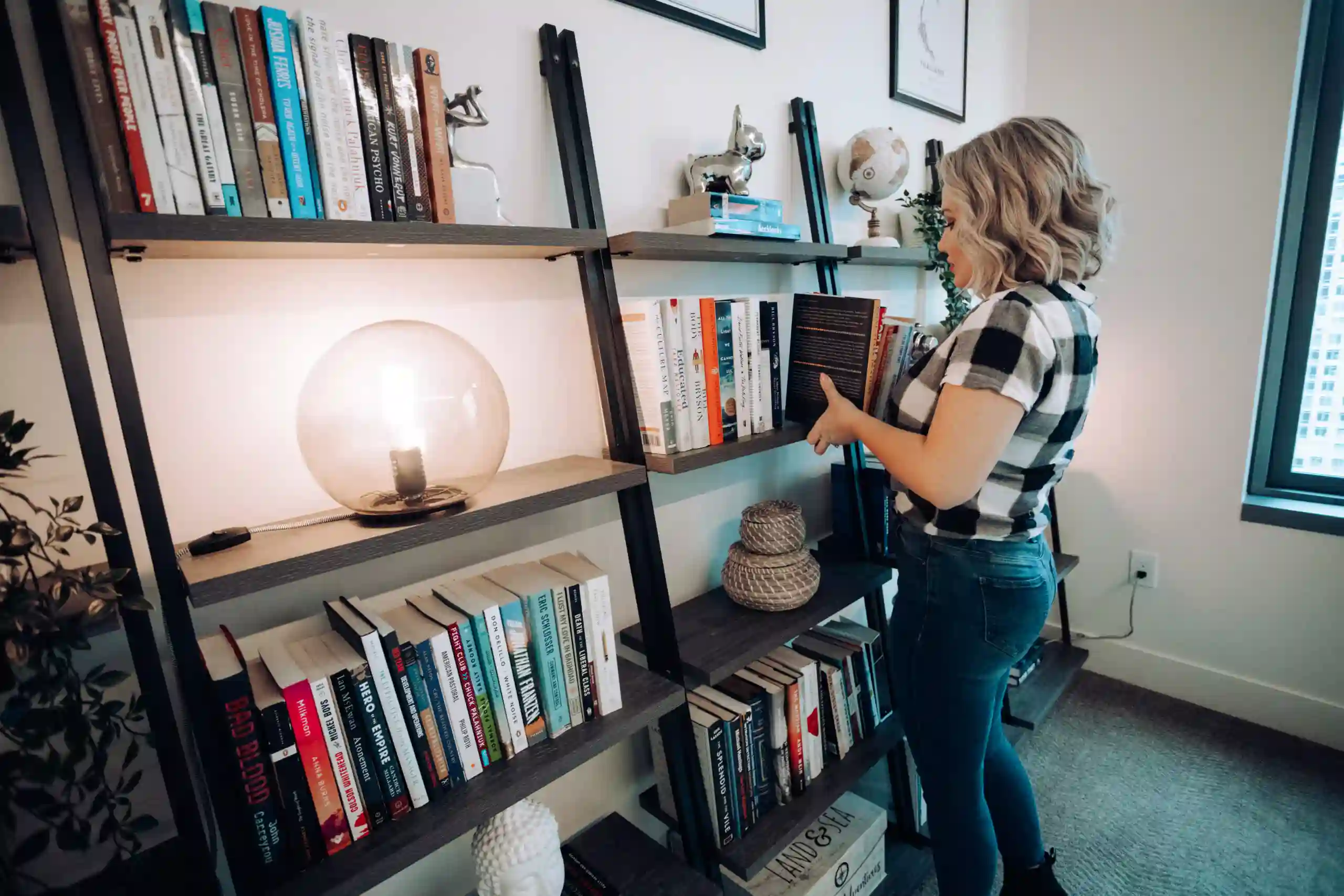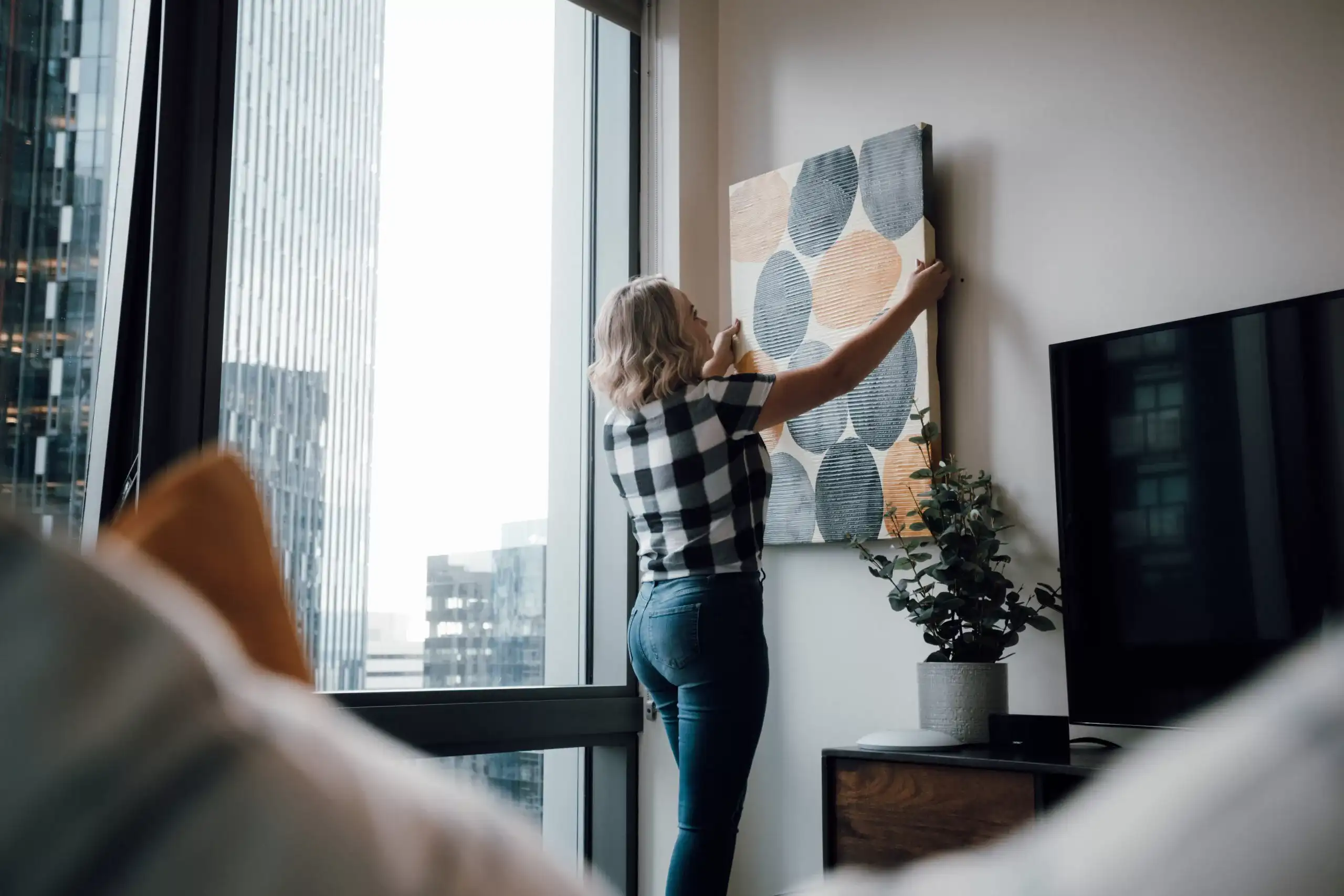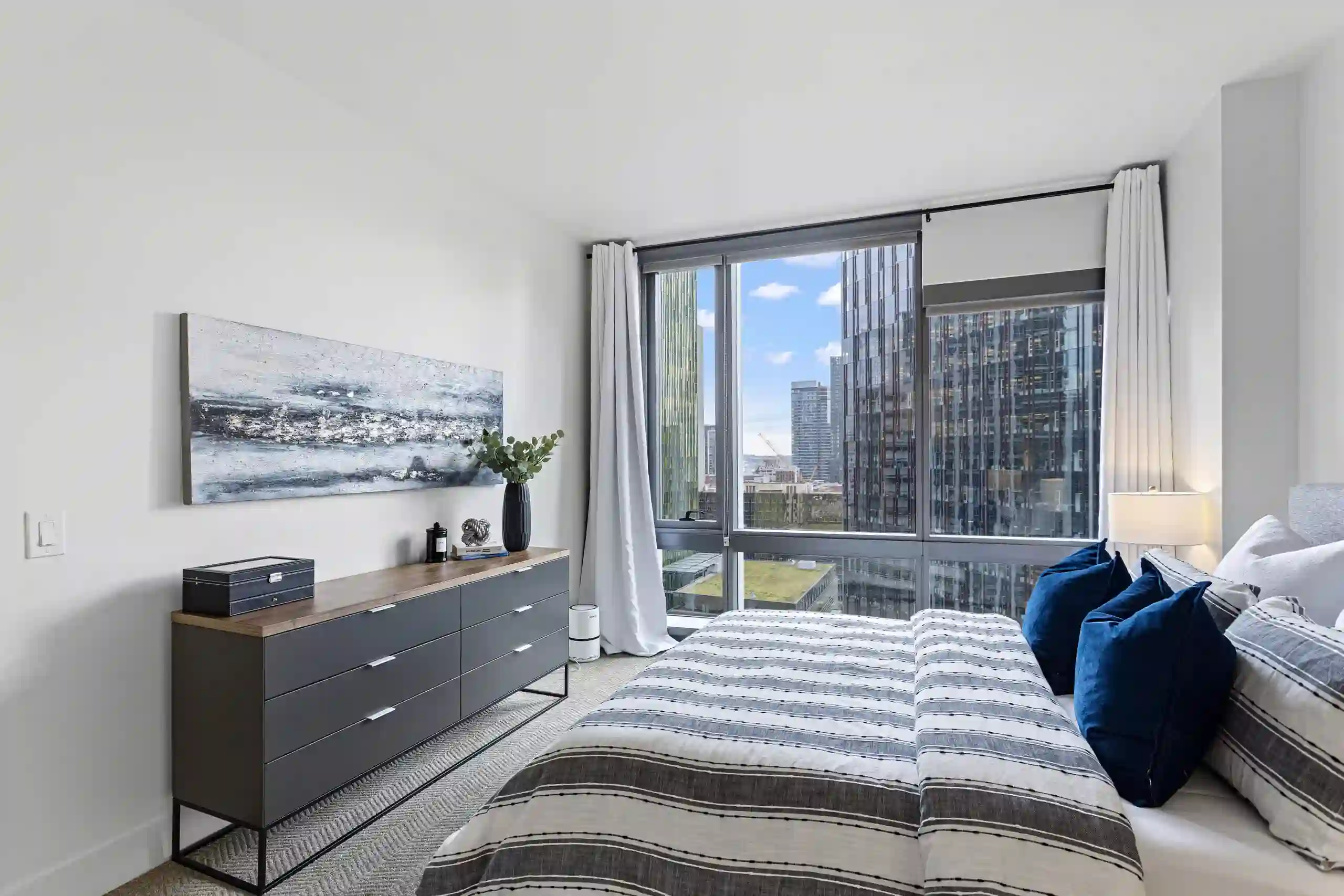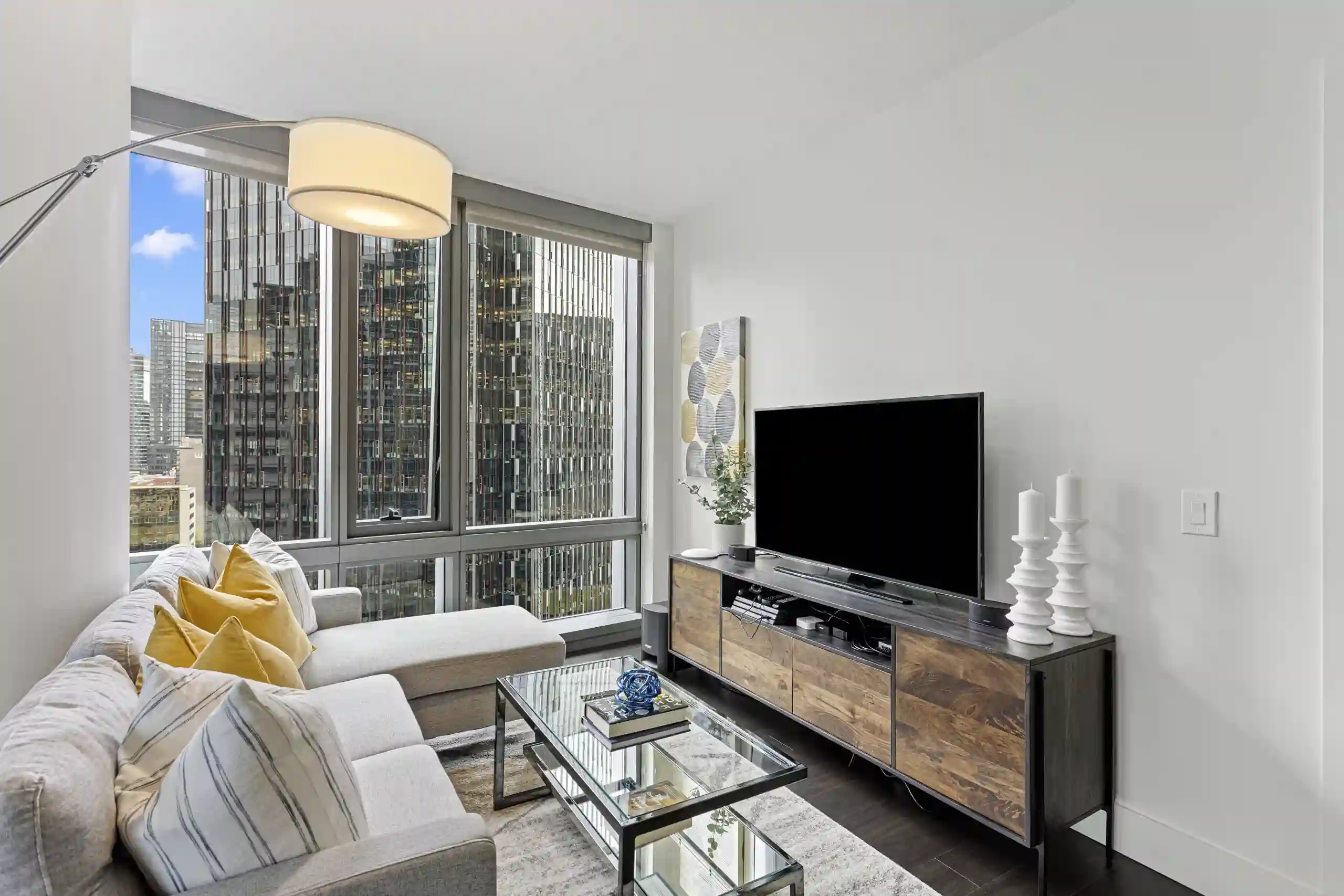Staging Occupied Homes: How Does It Work?
In the world of real estate, first impressions matter, and nothing sets the stage for a successful home sale quite like professional staging. Staging occupied homes has become a transformative practice. Elevating the visual appeal of a property and capturing the imagination of potential buyers. But how does this process work, and why has it become an essential tool for real estate professionals?
In this blog, we’ll dive into the complexities of staging occupied homes, unraveling the secrets behind the process that turns everyday living spaces into irresistible showcases!
What is Home Staging?
Staging an occupied home is the strategic and artistic process of preparing a property for sale to maximize its appeal to potential buyers. It goes beyond cleaning and organizing; it involves expertly arranging furnishings, decor, and color schemes to showcase a home’s strengths and create a welcoming, aspirational atmosphere.
The aim is to help buyers envision living in the space, fostering a connection that accelerates the selling process. Professional home stagers leverage their design expertise to create visually appealing interiors that photograph well and leave a lasting impression during property viewings.
By depersonalizing a space and emphasizing its potential, home staging transforms properties into marketable products. This process often results in faster sales and potentially higher offers. In a competitive real estate landscape, home staging has become a valuable tool for sellers looking to stand out and leave a positive impact on potential buyers.
Staging Occupied vs. Vacant Homes
The distinction between staging occupied and vacant homes lies at the heart of real estate marketing strategies, each presenting unique challenges and opportunities. Staging vacant homes involves furnishing and decorating a space to showcase its potential, allowing buyers to visualize their future life within its walls.
This approach emphasizes the property’s layout, dimensions, and architectural features. On the other hand, staging occupied homes requires a delicate balance, as it involves working with the existing furnishings and décor of the homeowners.
The challenge is to transform the lived-in space into an appealing, neutral canvas that appeals to a broad range of potential buyers. This process often entails rearranging furniture, decluttering personal items, and introducing subtle, universally appealing touches.
While vacant homes allow for a clean slate, occupied homes tap into the power of imagination, helping buyers see the possibilities within a familiar setting. Both methods share the common goal of enhancing a property’s marketability.
Still, the approach varies, emphasizing the adaptability of home staging in catering to the diverse needs of the real estate market. Whether a lot is vacant or occupied, skilled staging is about curating an emotional connection that turns a property into a dream home for potential buyers.
The Benefits of Staging Occupied Homes
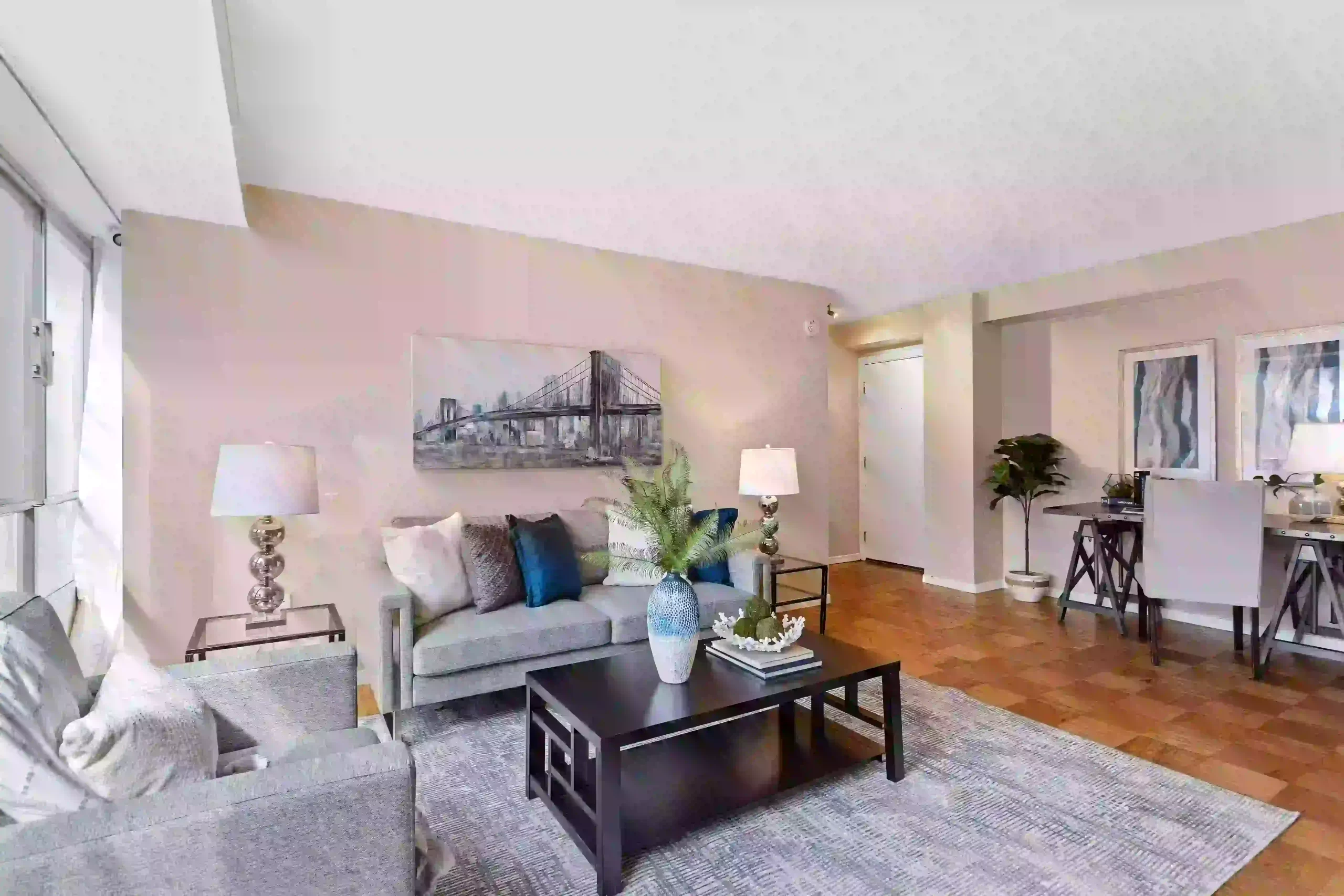
Staging occupied homes brings numerous benefits to the real estate selling process by offering a personalized touch that can significantly impact potential buyers. One of the primary advantages is cost-effectiveness, as it allows homeowners to utilize their existing furnishings and decor.
By strategically rearranging and enhancing these elements, professional stagers can breathe new life into a space without the need for extensive rental furniture expenses. In addition, staging occupied homes taps into the emotional aspect of the selling process.
Retaining the homeowner’s personal touch while depersonalizing and neutralizing the space creates a relatable and inviting environment for potential buyers. This implementation can foster a greater connection, as buyers can envision themselves living in the home, making it a more appealing and memorable prospect.
Staging occupied homes also provides a practical solution for homeowners who continue to reside in their property during the selling process. It minimizes disruptions to their daily lives while maximizing the home’s market potential.
Ultimately, the benefits of staging occupied homes extend beyond the visual transformation; they encompass a more smooth, cost-efficient, and emotionally resonant approach to real estate marketing.
How Does Staging Occupied Homes Work?
Staging occupied homes is a detailed process involving transforming lived-in spaces into buyer-friendly environments without needing extensive furniture rentals. Professional occupied home staging consultants strategically assess the existing furnishings, declutter personal items, and reorganize the layout to highlight the home’s best features.
By introducing neutral color schemes, enhancing natural light, and optimizing furniture placement, stagers create an inviting ambiance that appeals to a broader audience. Communication is vital in staging occupied homes, as stagers work collaboratively with homeowners to find a balance between personal touches and broad market appeal.
The goal is to evoke a sense of space and possibility, allowing potential buyers to envision themselves living in the home. The process often includes depersonalizing, rearranging, and accessorizing to showcase the property’s potential while respecting the homeowner’s unique style. Staging occupied homes harmonizes practicality with aesthetics, resulting in a visually appealing and emotionally resonant presentation that accelerates home-selling.
Consultation with a Professional Stager
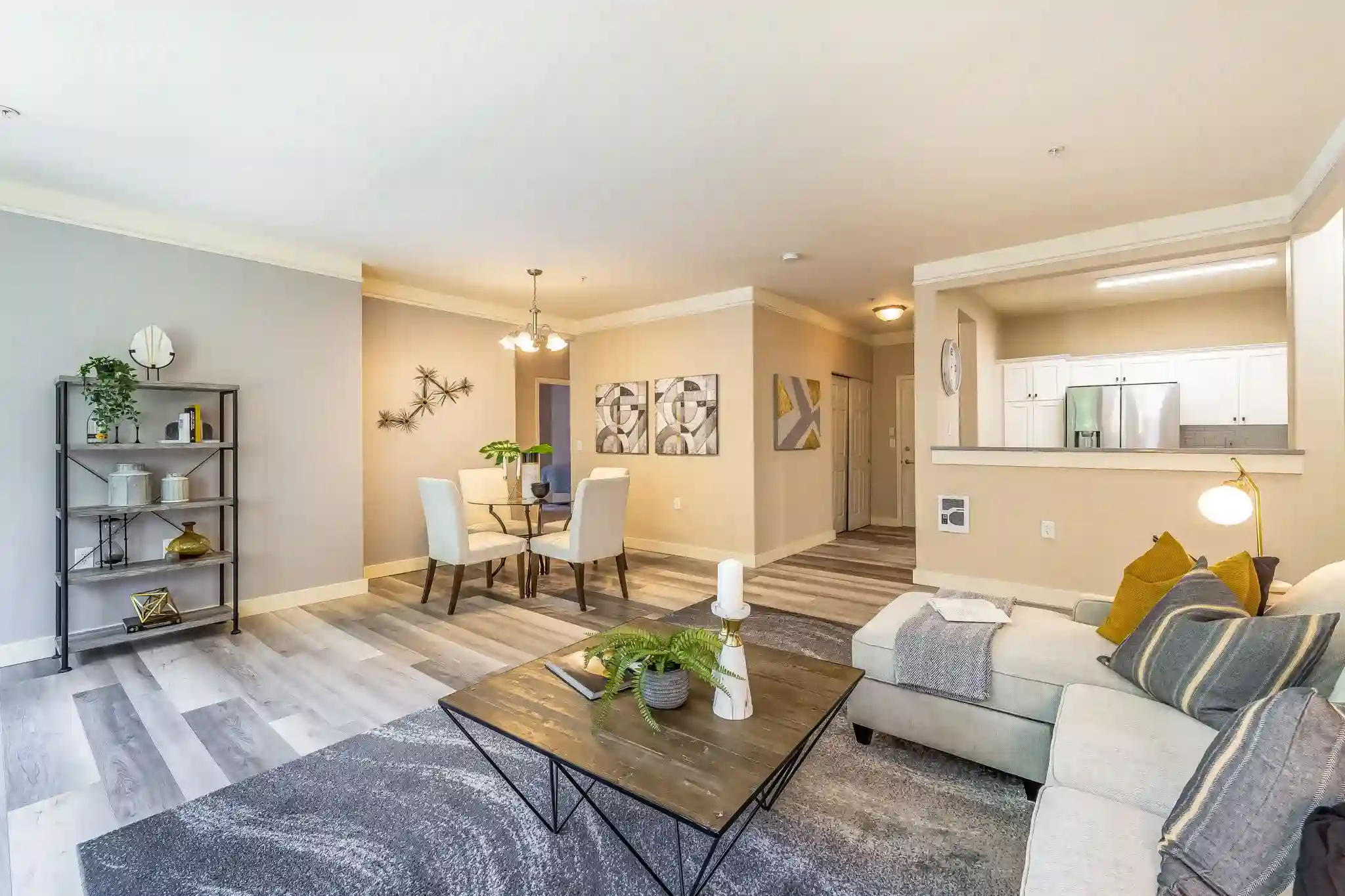
A consultation with a professional stager is the first step in transforming your home into a marketable masterpiece. During this collaborative session, the stager assesses your property, understanding its unique features and personal style.
They offer expert insights into effective decluttering, furniture arrangement, and decor choices to optimize the space’s appeal. This personalized consultation provides a roadmap for enhancing your home’s market value, guiding you on necessary adjustments to create a visually appealing and universally attractive environment.
Professional stagers bring a fresh perspective, identifying potential improvements while respecting your preferences. Whether you’re preparing to sell or just seeking a home refresh, a consultation with a professional stager empowers you with the knowledge and strategies to showcase your property at its best, making a lasting impression on potential buyers or creating a more enjoyable living space for you and your family.
Decluttering and Depersonalizing
Decluttering and depersonalizing are pivotal steps in home staging, essential for creating a universally appealing and market-ready environment. Decluttering involves systematically streamlining and organizing spaces by removing excess items, allowing potential buyers to focus on the home’s inherent features.
Depersonalizing goes even further, strategically minimizing personal artifacts and distinctive decor choices. The goal is to create a neutral canvas that enables prospective buyers to envision the property as their own. This process often involves packing away family photos, religious items, and highly personalized decor while retaining a sense of warmth and style.
Decluttering and depersonalizing pave the way for a broad range of buyers to connect emotionally with the space. A clean, clutter-free environment enhances visual appeal and allows potential buyers to project their aspirations onto the property. These twin strategies are fundamental in maximizing a home’s market potential and expediting its sale.
Rearranging and Repurposing Rooms
Rearranging and repurposing rooms are transformative aspects of home staging that breathe new life into a property, optimizing its functionality and visual appeal. Professional stagers strategically reimagine room layouts, ensuring furniture placement enhances the flow of space and highlights key architectural features.
This process maximizes the perceived square footage and creates a harmonious balance between rooms, making the entire home feel cohesive. Repurposing rooms involves redefining spaces to showcase their versatility. A spare bedroom might become a cozy home office or a flexible guest room.
By creatively reimagining the use of each area, stagers help potential buyers envision the full potential of the property. This thoughtful approach allows for a more personalized and aspirational experience, catering to potential buyers’ diverse needs and preferences. Ultimately, rearranging and repurposing contribute significantly to a property’s marketability, making it more appealing and functional for prospective homeowners.
FAQs
Can I stage my home for specific target buyers?
Absolutely! If you have a specific target market in mind, tailoring your staging to appeal to their preferences can be beneficial. However, it’s crucial to find balance and maintain a broad appeal to attract a wide range of potential buyers.
Can home staging hide significant flaws in the property?
No, home staging is not intended to conceal major issues. Its primary purpose is to showcase the property’s strengths. Disclosing any significant flaws is essential both ethically and legally, ensuring transparency with potential buyers.
How does staging affect the time a home is on the market?
Staged homes typically sell faster than non-staged ones. The enhanced presentation emphasizes the property’s positives, making it more appealing and memorable to potential buyers, ultimately accelerating the sales process.
Should I stage my home even in a seller’s market?
Yes, staging remains beneficial in a seller’s market. It can set your home apart from others, attracting more attention and potentially driving up the selling price due to increased buyer interest.
How much does home staging cost?
Home staging costs vary based on factors such as home size and the extent of work needed. Professional staging, ranging from a few hundred to several thousand dollars, is an investment that can significantly impact your property’s marketability. GET A FREE QUOTE FROM BSD!
How do I choose the right home stager?
Look for a stager with a proven track record, a portfolio showcasing their work, and positive client testimonials. Aligning their design style with your home’s aesthetics is crucial for a successful collaboration. Contact our team at BSD Seattle and learn more about our services.





